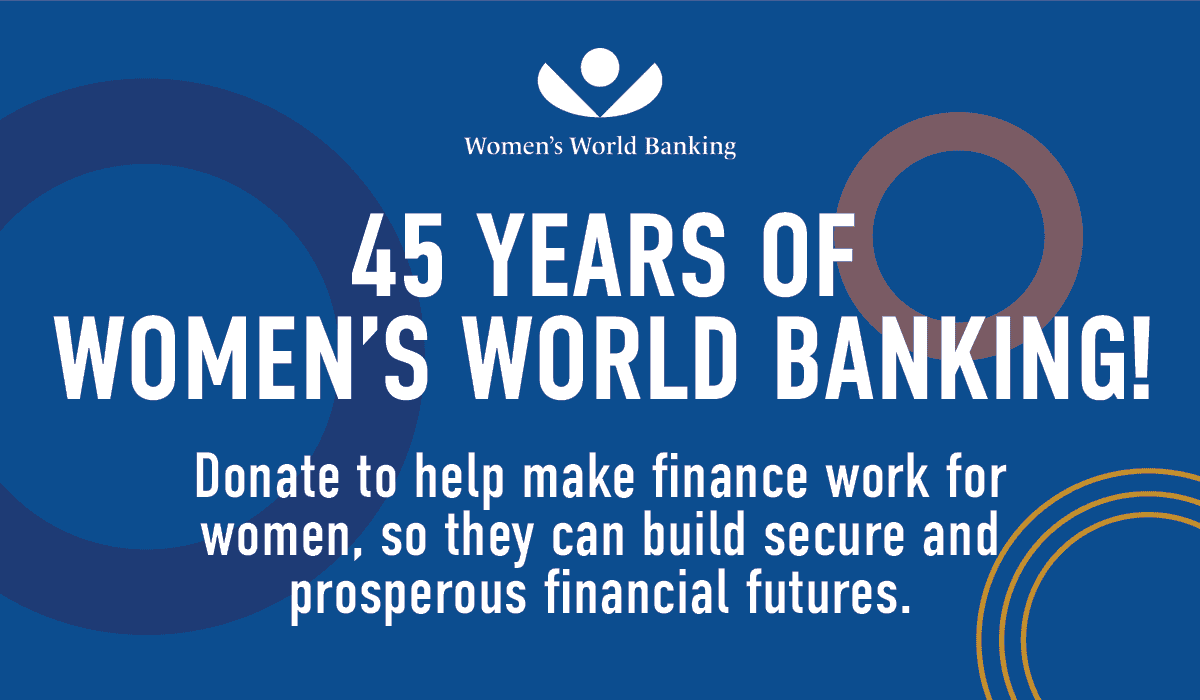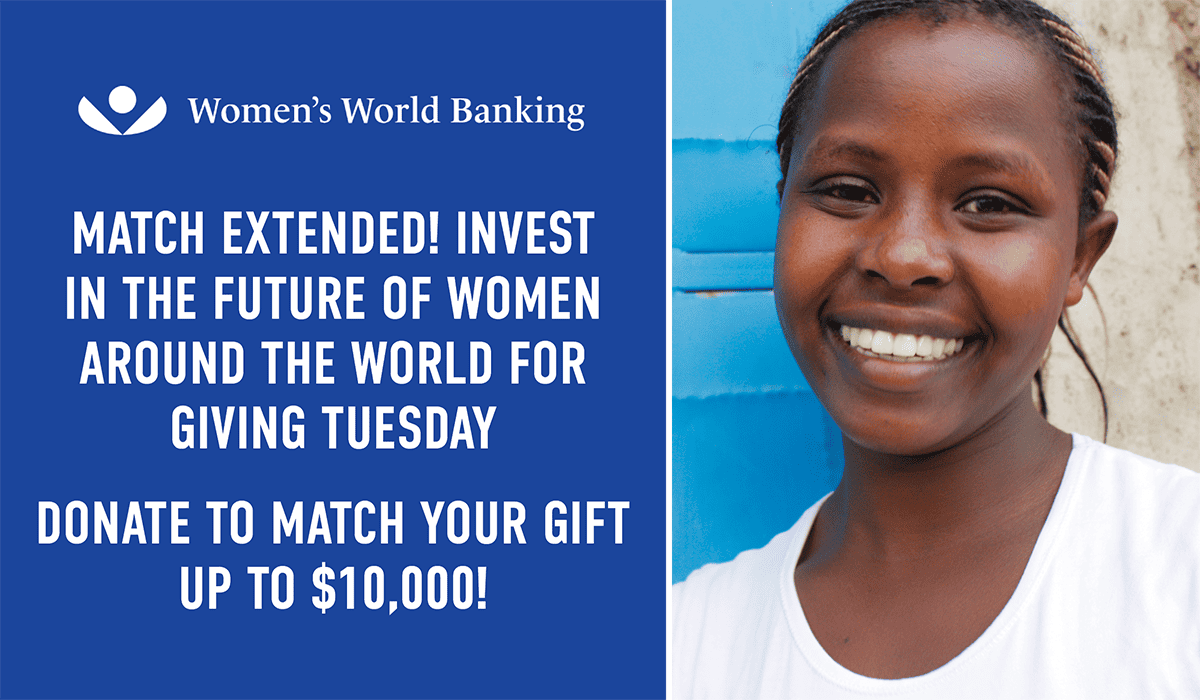Pallavi Madhok, VP, Advisory Services – South Asia, Women’s World Banking, and Gabriel Bizama, Researcher, University of Bern
India’s digital payments landscape has revolutionized how the country transacts. Its Unified Payments Interface (UPI), launched in 2016 by the National Payments Corporation of India (NPCI), under the aegis of the Reserve Bank of India (RBI), has shown phenomenal growth: in August 2025, the number of transactions via UPI surpassed 20 billion. As per research, UPI is the most preferred transaction mode for nearly 38%1 of rural and semi-urban India.
There, however, are challenges in the UPI ecosystem that need to be addressed for it to serve people to its full potential. While our “UPI for Her” research provides specific insights into women’s adoption, broader research based on quantitative and qualitative data collected through a survey of 1,000 adults and merchants and focus groups in urban, semi-urban, and rural areas, revealed that connectivity issues and limited digital and financial literacy, particularly among women, create barriers to trusting digital payments and reinstates the status quo of cash payments. With emerging Central Bank Digital Currency (CBDC) technologies, India’s eRupee infrastructure has the potential to enhance India’s digital payment adoption by addressing some of these barriers.
Women are crucial UPI customers, but lag in digital confidence
Our “UPI for Her” initiative specifically highlights that women from peri-urban and rural areas do see digital payments as the future, but either lack smartphones, confidence, or a whole ecosystem view of its benefits. This mirrors broader findings: independent data suggests that while 10% of the sample has a digital wallet without holding a bank account, this rate declines among women, with only 3.9% of them reporting ownership without a bank account. Even the everyday use of UPI is lower for women at 33%, compared to 41% for the overall sample.
Qualitative insights from focus groups conducted under our “UPI for Her” project mirror these findings: women manage cash that their husbands give them or earn small cash-based incomes, which makes them cautious about security and prevents them from exposing their money to the wide digital financial ecosystem. Managing payments via cash gives them a sense of control, and digital finance is overwhelming, particularly because they lack the confidence and know-how of digital tools.
Why the women’s UPI adoption curve is steeper
Drawing from our “UPI for Her” research, three factors stand out: one, the lack of digital and financial literacy among women, with many surveyed having acute difficulty with concepts such as interest rates and inflation; two, weak or unreliable internet connectivity deters women – 51% of the total sample reported connectivity challenges as a barrier; and three, security and fraud issues are important concerns with 30% of women in certain areas reporting this as a reason for not using UPI.
Recommendations from the UPI for Her Report: Building for scale with gender-fair design for the eRupee
For women to truly adopt UPI and other digital payment systems, our “UPI for Her” report provides clear recommendations. These insights are crucial not only for enhancing UPI adoption but also for informing the strategic design of new digital payment infrastructures like the eRupee, ensuring they address women’s and other groups’ specific needs for scale. Policymakers and financial institutions should focus on supporting digital payments adoption via community-based, phygital models, with these design principles in mind:
- Building trust: Women deeply value trust and will resonate with products that embed trust and protection at their centre. Addressing security concerns and establishing robust guardrails for consumer protection in digital payments will give consumers the confidence they need in getting redressal. Ensuring that such redressal is gender sensitive and works alongside women’s financial trajectories is as crucial. Building the eRupee infrastructure with this as a cornerstone, particularly its nature as a direct liability of the central bank, could inherently foster greater trust among users, similar to how cash is perceived. The survey mentioned earlier found that 61% of the sample believed their personal data would be more secure with the eRupee compared to other digital methods, which could help alleviate security concerns for women.
- Tailoring financial and digital literacy programs: Women have steeper financial learning curves. They need initial support in learning how to execute digital transactions or understand the digital financial ecosystem. Nationwide financial literacy schemes and educational programs specifically designed for groups like women are crucial. Additionally, leveraging grassroots women’s networks such as Business Correspondent Sakhis or Community Resource Persons in delivering this handholding is highly effective. These programs will be vital for onboarding women onto both existing platforms like UPI and newer ones like eRupee.
- Improving connectivity and access to digital infrastructure: Reliable mobile and internet connectivity is essential for the widespread adoption of any fast payment system. As of 2024, nearly 95% of India’s villages had access to 3G/4G mobile internet connectivity, and the cost of data has notably plummeted by 96%, government statistics show. Broadband schemes such BharatNet and the Universal Service Obligation Fund intend to enhance last-mile mobile internet connectivity. Crucially, a key feature of the eRupee that could be transformative is its offline capability: the fact that it can be used without an internet or mobile network connection makes it a lucrative option for groups that are disproportionately impacted by connectivity challenges, especially those living in peri-urban and rural areas. This directly addresses one of the primary barriers identified for women’s digital payment adoption.
- Nudging UPI adoption via PPI (Prepaid Payment Instruments): For women who may not immediately have a bank account or full digital confidence, promoting the use of Prepaid Payment Instruments (PPIs) linked to UPI can serve as an effective ramp to wider digital financial services such as credit, insurance, or investments. It allows them to experience digital transactions in a more controlled environment, gradually building trust and familiarity before transitioning to full UPI usage.
Beyond UPI: How the eRupee can potentially enhance digital payments adoption in India
UPI has been transformative for India’s digital financial landscape, and the next goal post is addressing the remaining barriers to true financial inclusion. The RBI is exploring CBDC’s benefits through a pilot project, with six million Indian adults and merchants presently using eRupee. While the eRupee is strategically designed not to compete with UPI but to act as a digital alternative to cash, it is important to note that eRupee is a CBDC and UPI is a bank-to-bank transfer; they are different platforms. Thus, eRupee cannot enhance UPI’s potential directly. Instead, a well-designed eRupee, incorporating the above design elements and focusing on its unique offline capabilities and central bank backing, can enhance India’s digital payment adoption by addressing some of these barriers further.
Bringing women on board digital financial services and nurturing them into competent users has immense economic potential. Women have traditionally been excluded from financial services, and being part of the digital financial ecosystem creates digital trails that will help financial services providers to discover them. It could bring them access to affordable credit more easily and utilize other relevant products like insurance. As financial technologies rapidly modernize, women cannot be left behind. India’s digital payments infrastructure is already being observed, and when complemented with carefully designed future solutions like the eRupee, it can offer valuable lessons for financial inclusion for populations worldwide.




